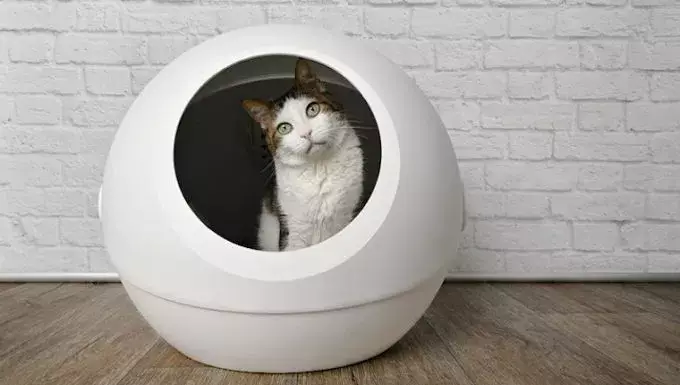Hematochezia in cats is a concerning condition characterized by the presence of blood in the stool. This alarming symptom can indicate a variety of underlying health issues, making it crucial for cat owners to recognize the signs and act promptly. While diet may play a role in this condition, it is essential to understand that hematochezia often stems from deeper problems, typically involving inflammation in the rectal area.
It is important to differentiate between hematochezia and dyschezia, as the two conditions affect cats in different ways. While hematochezia refers to the presence of blood in the feces, dyschezia involves difficulty in defecation. Understanding these differences can facilitate better communication with veterinarians and help in diagnosing the cat’s ailments accurately. Observing a cat cope with either of these issues can be distressing for pet owners, but early detection and intervention greatly increase the likelihood of successful treatment.
Blood in the stool stands out as the primary symptom of hematochezia, but the condition may present additional signs. Owners may notice their cats exhibiting uncharacteristic behaviors during bowel movements, such as straining or vocalizing. Other symptoms that may accompany hematochezia include:
– Inability to defecate
– Vomiting
– Decreased appetite
– Diarrhea
– Abnormal lumps or swelling around the rectum
– Hard, lumpy feces
These symptoms can indicate a wide array of gastrointestinal problems, and they warrant a thorough evaluation by a veterinarian.
The causes of hematochezia can be numerous and varied. Some common provocations include:
1. **Dietary Choices**: Cats that consume a significant amount of human food may be at a greater risk of gastrointestinal disturbances.
2. **Parasites**: Intestinal parasites are a prevalent cause of bloody stool and can lead to serious health concerns if left untreated.
3. **Inflammatory Bowel Disease (IBD)**: This chronic condition can cause significant inflammation in the gastrointestinal tract, leading to blood in the stool.
4. **Stress**: Cats are sensitive creatures; stress from environmental changes can exacerbate digestive issues.
5. **Constipation and Dietary Changes**: Abrupt shifts in a cat’s diet or the presence of hard stools may result in bleeding.
6. **Infectious Diseases**: Conditions such as panleukopenia can severely impact a cat’s health and lead to symptoms like hematochezia.
7. **Trauma**: Physical injuries to the rectum can also lead to the presence of blood in feces.
In some instances, the cause of hematochezia remains idiopathic, which means that it cannot be easily identified.
Identifying the underlying cause of hematochezia requires a comprehensive approach. Pet owners should initially discuss observed symptoms and recent changes in the cat’s life with their veterinarian, including specific questions about dietary habits. Following this discussion, a full physical examination will typically include laboratory tests on blood and urine, and a stool sample may be collected to search for parasites. In certain circumstances, imaging studies such as ultrasounds or X-rays might be employed to gain a clearer understanding of the cat’s gastrointestinal health.
The treatment regimen for hematochezia largely depends on the identified cause. In cases of infection, specific medications may be prescribed. If dietary factors are at play, dietary modifications may be recommended. It is essential for owners to adhere to veterinary instructions regarding medications and follow-up appointments meticulously. This diligence ensures the best probability of recovery and allows for the effective monitoring of the cat’s health.
Given the complexity of potential underlying issues, recovery rates can vary, but with timely intervention and careful management, most cats can return to their normal routines. Owners should not hesitate to seek veterinary care when they observe concerning symptoms, as early diagnosis and treatment play critical roles in protecting their beloved companion’s health.
Understanding hematochezia in cats empowers pet owners to act swiftly when symptoms arise. By staying informed about the condition and its implications, cat owners can make educated decisions about their pet’s health and ensure they receive the best possible care. If you’ve encountered this condition with your feline friend, sharing your experiences can offer invaluable insights and support to others navigating similar challenges.


Leave a Reply